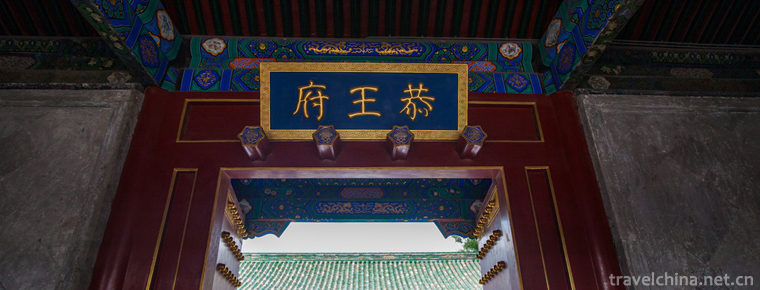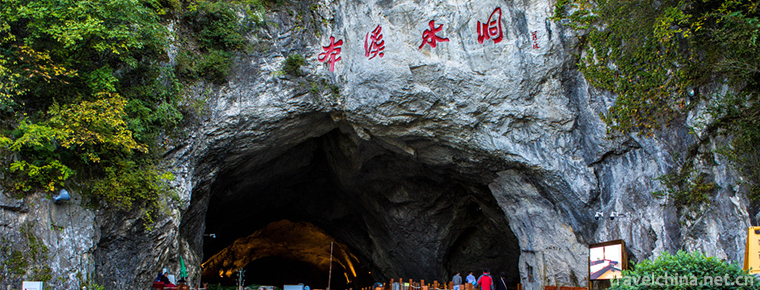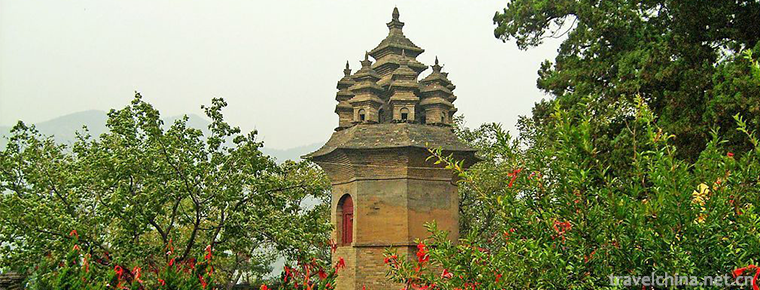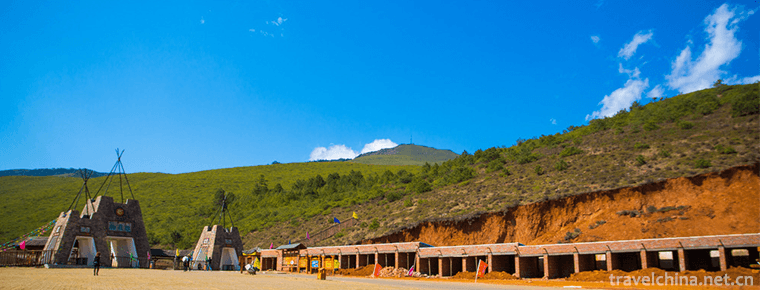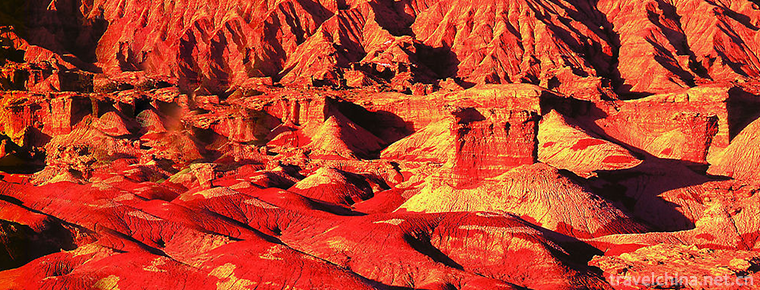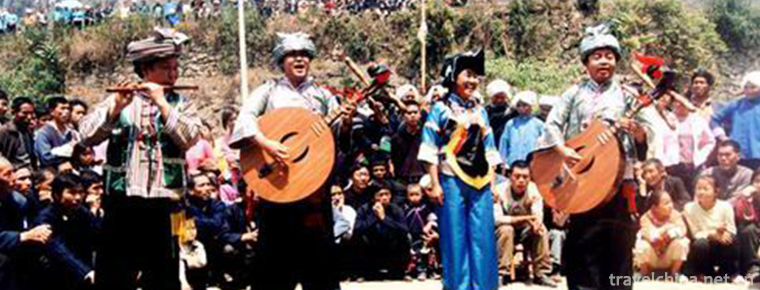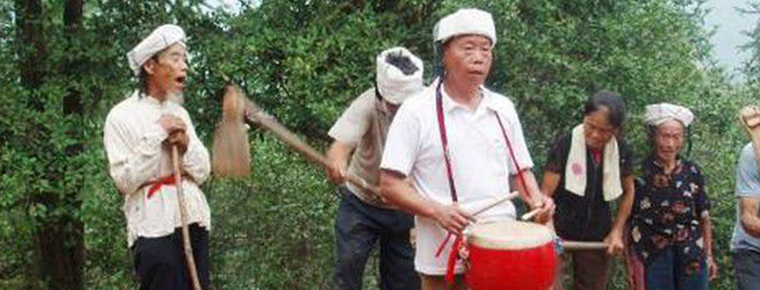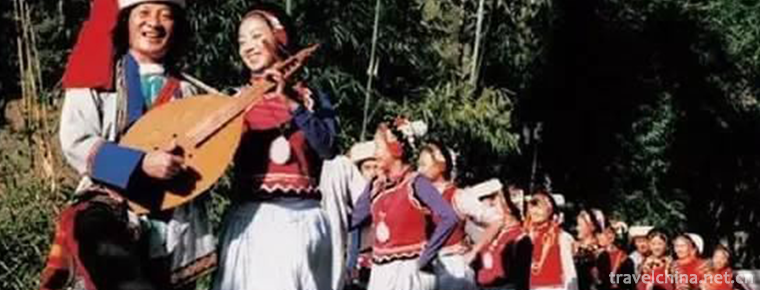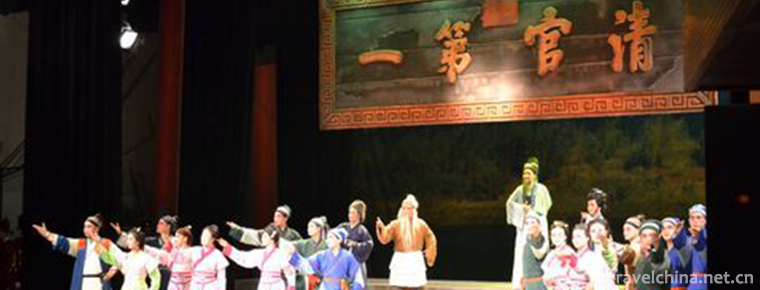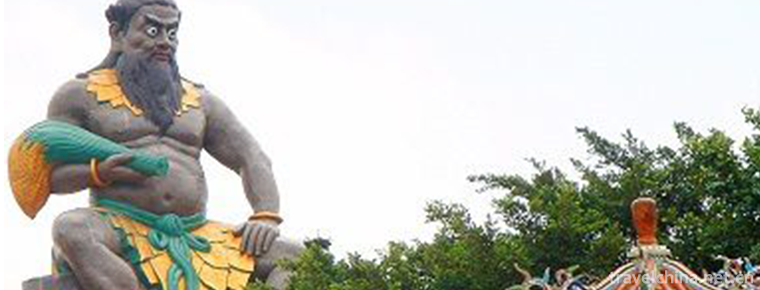Harmonic Qin
Harmonic Qin
In the history of Harmonious Qin, young men and women in Nima Township, Bango County, Naqu Prefecture, Tibet had a tradition of gathering to dance Harmonious Qin. Whether it was the end of farming or the holidays, herdsmen danced freely on the vast grasslands and let their boots strike echoes on the ground. It is a masterpiece of the fifth Panchen Chan in his childhood. Its performance forms are very rich. It uses various body languages and singing tunes to express the actions of sheep when they eat grass. It also compares them to beautiful things in life, such as flowers, plants and trees. It makes the dull sheep herding life lively, lively and interesting.
On June 7, 2008, Xieqin was listed in the second batch of national intangible cultural heritage list with the approval of the State Council.
Historical Evolution
Tubu Gatschin originated in 1855 , and was founded by the eighth Panchen Dan Beiwangqiu. It has a history of more than 150 years. Tubu Jiaqin is a combination of singing and dancing. "Harmony" in Tibetan means singing and dancing, while "Qin" means grand occasion or grandeur. Tubu Jiaqin is a folk song and dance performed on grand or grand celebration occasions, such as inviting living Buddhas and upper classes. Whether religious festivals or folk festivals, Harmonious Qin is an indispensable form of activity, and also a self-entertaining collective singing and dancing art with strong participation.
Tibetan culture and art has a long history. The vast territory, abundant resources and peculiar scenery of Shiga are a treasure land bred on the ancient and magnificent plateau land. Since ancient times, it has been a place where ethnic minorities live in large numbers. It has a rich accumulation of ethnic cultures because of the collision and blending of various cultures. The Xigaze area can be said to be the origin of Xiqin. Tubu Jiaqin was born and formed in the long-standing folk dances in the back Tibet area. With the wide spread of Tibetan Buddhist culture, Tubu Jiaqin inherited the form of local folk singing and dancing art, and was deeply influenced by multi-cultures, and produced variations. Tubugaqin originated in 1855 and was founded by the eighth Panchen Danbeiwangqiu. It is a kind of folk ceremonial dance with the accompaniment of the original singing, which is popular in Nanmulin County of Shigaze area.
Stylistic features
Singing and Dancing Situation
Ancient ritual forms of singing and dancing, which are popular in Lhasa, Shannan and Ali of Tibet, are often sung during grand festivals or ceremonies. The first and last songs are called "Harmonious Fruit" (introduction) and "Zhaxi" (auspicious). Each song and dance is composed of Adagio and adagio, or adagio, mid-board and adagio. The music is simple and enthusiastic. The lyrics include the origin of human beings, historical legends, praises and blessings, etc.
Performing Form
Harmonious Qin is an art form of singing and dancing performed in grand or grand celebrations. It has a long history, rich connotation, and strong local characteristics. This form of performance is very popular in Tibet, especially in Houzang. In the long process of inheritance and development, it has formed a singing and dancing performing art with unique local characteristics.
Inheritance Significance
Xieqin, also known as Xiejiuqin (meaning the tenth day of the Tibetan calendar), is said to have 25 lyrics written by the eighth Panchen Danbeiwangqiu. Tubugaqin was a kind of folk dance performed by Panchen Chan in the past dynasties when they went to Zhashlenbu Monastery in Xidi to hold grand greeting activities along the way. It is performed at a ceremonial event at a given time and place to wish good luck, good wishes, good weather and good harvest. It has unique local characteristics and performance style, rich lyrics, simple and honest melody, warm and orderly rhythm, and solemn and elegant performance form.
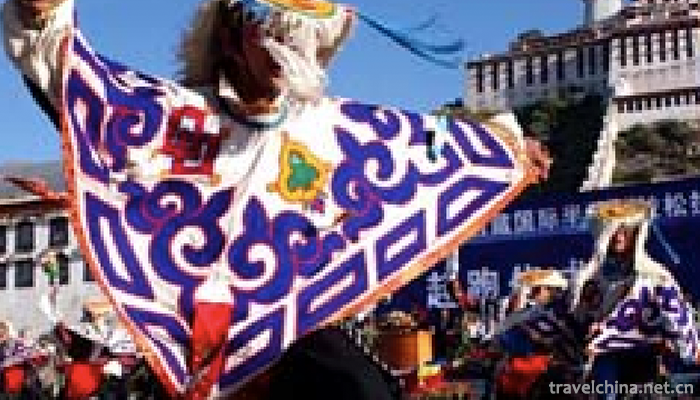
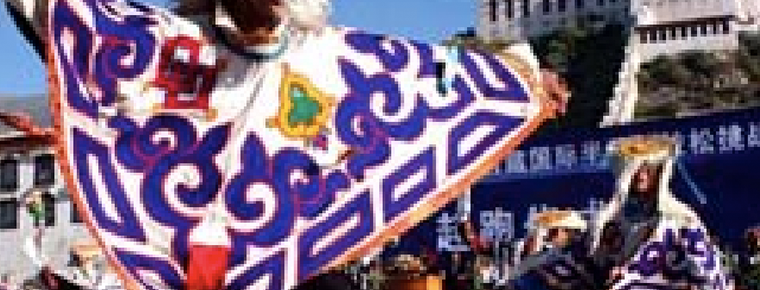
Harmonic Qin
-
The Prince Gongs Mansion
Liu Yin Street, Xicheng District, Beijing, China
Views: 222 Time 2018-10-12 -
Benxi Water Tunnel Scenic Area
Benxi Water Cave, National AAAAA Class Tourist Scenic Spot, National Key Scenic Spot and Asian Member Unit of International Tourist Cave Association
Views: 216 Time 2018-12-04 -
Nine Towers Chinese Folk Happy Garden
Jiudingta Chinese Folk Happy Garden is a large-scale original ecological and cultural tourist area which integrates Chinese national customs, scenic spots, waterfalls, recreational exploration
Views: 130 Time 2018-12-22 -
Gesara Ecotourism Scenic Area
Gesala Ecotourism Area is located in Yankou Township, Waluo Township, Hot Spring Township and Qinghe Township in the northwest of Yanbian County, Panzhihua City. It is located at the junction
Views: 127 Time 2019-01-12 -
Devil City
The Devil City is also known as the Wind City of Urho. Wuerhe Mining Area in the lower reaches of Jiamu River, located in the northwest margin of Junggar Basin
Views: 96 Time 2019-02-07 -
Buyi Folk Songs
Bouyei folk songs have special features, such as ancient songs, narrative songs, love songs, wine songs and labor songs; solo, duet, chorus and duet in form; tunes are divided into major and minor. Ev
Views: 152 Time 2019-04-04 -
Tea mountain chant
Yao Township Tea Hill Chant - spread in seven townships in Huangxikou area of Chenxi County, it is said that the chant song is sung when digging tea hill. When people dig tea hill
Views: 164 Time 2019-04-15 -
Nu Dabian Dance
"Dabian Dance" is one of the representative dances of the Nu nationality, which is spread in the Nujiang Lisu Autonomous Prefecture Fugong County Nu villages. Dabian dance is characterized b
Views: 133 Time 2019-06-08 -
Qinghai Han Minority Folk Minor
Qinghai Han folk minor is one of the genres of Chinese folk songs. Generally speaking, it refers to folk songs and dances popular in town fairs. Through the spread of the past dynasties
Views: 455 Time 2019-06-10 -
Xinchang tune
Xinchang tune is one of the ancient opera tunes, also known as "falling out of tune", "Shaoxing high-key" and "Xinchang high-key". With Xinchang as the center, it has spr
Views: 140 Time 2019-07-06 -
Legend of Emperor Yan Shennong
Yan Emperor Shennong, one of the three emperors and five emperors, is one of the local folklores in Suizhou, Hubei Province, and is the national intangible cultural heritage. After Wa Fuxi, a stepdaug
Views: 216 Time 2019-07-10 -
Kangding yak meat
There are many wild medicines such as Fritillaria, Cordyceps and so on growing in these areas over 3500 meters. Yaks often eat these herbs, and their meat is incomparably delicious. After being killed, they can be roasted in brown sauce, stewed or dried in the cold
Views: 207 Time 2020-12-06
